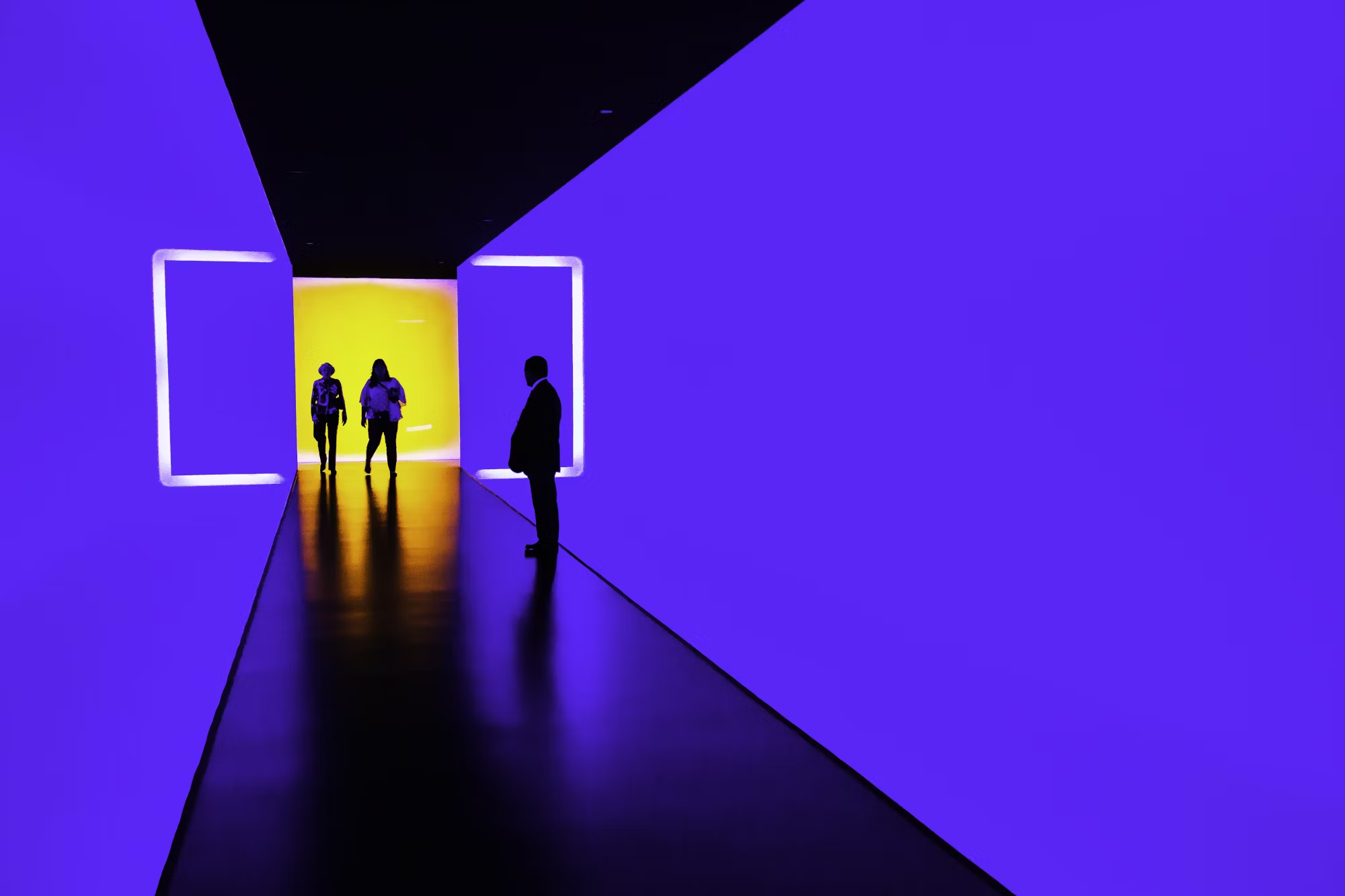Cinematic Journeys: The Unique Experiences Offered by Different Types of Theaters
An exploration of the diverse cinematic experiences provided by various types of theaters and their

The world of cinema is an ever-evolving landscape, shaped not just by the films we watch but by the theaters that host them. Each type of cinema brings its unique flair, creating distinct experiences that enhance our connection to storytelling. This article explores various types of theaters—from the bustling multiplex to the serene art house—and how they contribute to the magic of film.
Multiplex cinemas are often the first place that comes to mind when we think of movie theaters. These modern establishments house multiple screens, showcasing a range of films at once. Whether it’s the latest superhero blockbuster or an indie darling, multiplexes cater to diverse tastes and preferences. With comfortable seating and a variety of snack options, they offer an inviting atmosphere for families, friends, and couples alike. Located in urban centers or shopping malls, multiplexes are designed for convenience and accessibility, making them a popular choice for spontaneous outings.
However, the multiplex experience is not just about convenience; it’s also about immersion. Many multiplexes have adopted advanced sound and projection technologies that enhance the overall experience. From Dolby Atmos sound systems that make you feel like you’re in the middle of the action to digital projection that delivers stunning visuals, these theaters aim to create an environment where viewers can fully engage with the films.
Moving beyond the traditional multiplex, we find IMAX theaters, known for their colossal screens and high-resolution projections. IMAX offers a uniquely immersive experience, where audiences feel like they are part of the film. This format is especially popular for action-packed blockbusters and visually stunning films, such as “Dunkirk” or “Gravity.” The combination of larger-than-life visuals and exceptional sound design transports viewers into the heart of the story, providing a level of immersion that is hard to match.
The resurgence of drive-in cinemas also adds a nostalgic touch to the cinematic experience. These outdoor theaters allow moviegoers to watch films from the comfort of their cars, creating a relaxed and social atmosphere. Drive-ins evoke a sense of community, where families and friends gather to enjoy films under the stars. The charm of drive-ins lies not only in their retro appeal but also in their adaptability. Many have embraced modern technology, offering digital screenings and enhanced sound systems, ensuring that the drive-in experience remains relevant in today’s fast-paced world.
Art house cinemas serve as a haven for independent filmmakers and audiences looking for something beyond mainstream offerings. These theaters focus on showcasing independent, foreign, or critically acclaimed films, often providing a platform for unique storytelling that challenges conventional narratives. The intimate settings of art house cinemas foster a deeper connection between the film and its audience, allowing for a more enriching experience. Many of these theaters host special events, including Q&A sessions with filmmakers and themed screenings, creating opportunities for engagement and discussion that are often absent in larger venues.
The VIP or luxury cinema experience has also gained popularity, catering to those who seek a more indulgent way to enjoy films. These theaters offer premium amenities, such as reclining seats, gourmet food, and personalized service, elevating the traditional movie outing to a lavish experience. Patrons can enjoy a glass of wine or a chef-prepared meal while watching their favorite films, transforming the act of watching a movie into a celebration of comfort and luxury. This approach appeals to those who value a more curated experience and are willing to pay a premium for it.
Pop-up cinemas have emerged as an exciting trend, creating unique viewing experiences in unconventional locations. From rooftops and parks to art galleries and warehouses, these temporary venues offer a fresh take on movie-watching. The spontaneity of pop-up cinemas adds an element of surprise, attracting audiences eager to try something new. Many pop-up events focus on themed screenings or special presentations, allowing for a creative and dynamic approach to film exhibition that fosters community and social interaction.
In recent years, specialty formats have begun to take center stage in cinemas. 4D theaters, which incorporate motion seats, scents, and environmental effects, provide an exhilarating multi-sensory experience that enhances storytelling. D-Box seating offers motion-enhanced seating that syncs with the on-screen action, making the audience feel every twist and turn of the narrative. ScreenX, a format that expands the viewing area with panoramic screens, allows viewers to immerse themselves in the film’s world like never before. These innovative formats push the boundaries of traditional cinema and keep audiences captivated by the evolving nature of storytelling.
Ultimately, the diverse landscape of cinema reflects our multifaceted relationship with film. Each type of theater offers its own unique experience, whether through the accessibility of multiplexes, the grandeur of IMAX, or the intimate charm of art house cinemas. The emergence of luxury theaters, drive-ins, and pop-up venues further enriches our cinematic journeys, inviting us to explore and engage with films in new and exciting ways. As we continue to embrace these varied experiences, the magic of cinema remains a constant source of joy and connection in our lives. In a world that often feels fragmented, the shared experience of watching a film—regardless of the setting—reminds us of our collective humanity and the stories that bind us together.




